11 Images released on Saturday 06/02/2021
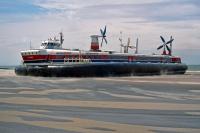
Boulogne Maritime: In the 1960s, BR and SNCF collaborated to set up a cross channel hovercraft service called Seaspeed and the mainstay of the service became the giant SR N4 hovercraft that could carry vehicles and passengers. Seaspeed merged with a competitor service (Hoverlloyd) at the start of the 1980s to become Hoverspeed. Shown here is GH2006 'The Princess Margaret' coming ashore at Boulogne Hoverport in August 1989. The channel tunnel brought about the demise of these leviathan machines and they made their last flights in 2000. GH2006 managed to survive as a museum exhibit for many years after withdrawal, but it was finally scrapped in 2018. It is a pause for thought that BR was diversifying into revolutionary hovercraft travel at a time when it was still busy finding reasons to prune its network.

Boulogne Maritime: HSC Hoverspeed Great Britain at the quayside next to the Gare de Boulogne Maritime. This Tasmanian-built Incat catamaran held the Blue Ribband (Hales Trophy) for the fastest east-bound trans-Atlantic passenger ship crossing which was achieved in 3 days, seven hours and 52 minutes in 1990. She was then used by Hoverspeed to ply the short sea crossings Dover/Folkestone to Calais/Boulogne. This vessel was later used on the Stranraer-Belfast route. For a view of the bow end-on see image [[56203]]
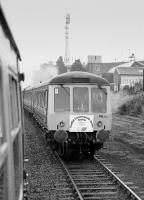
Lochend Junction: 116 387 passes an eastbound Commonwealth Games shuttle at Lochend Junction with a return trip to Waverley in July 1986.

Reston: Network Rail's plans for the new Reston station on the East Coast Main Line. The station will be on a raised embankment with a high footbridge, waiting shelters and car park.
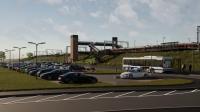
Reston: Network Rail's plans for the new Reston station on the East Coast Main Line. The presence of a bus is interesting - perhaps going west to locations now bereft of a railway such as Duns. Maybe even as far as Tweedbank.
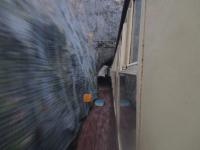
Torwoodlee Tunnel: UK Railtours' excursion from Kings Cross to Tweedbank entering Torwoodlee Tunnel on the new Borders Railway, along 30 miles of the rebuilt former Waverley Route south from Edinburgh, on the afternoon of 30th December 2015. This tour left London before dawn.
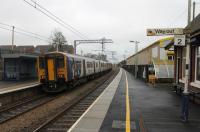
Adlington [Lancashire]: 150276 is on the rear of a Pacer Sprinter combination as it calls at Adlington, heading for Bolton, on 25th January 2019. These services went over to EMUs from May that year allowing the withdrawal of the Pacer trains to commence.
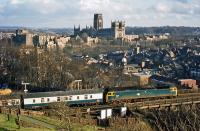
Durham: The classic view of Durham cathedral from Wharton Park, as it was on 15th March 1978. Leaving Durham station, and about to cross the impressive viaduct, is 47449 on a southbound service. I was staying nearby and suffered a sleepless night thanks to engineering works on the viaduct. Trains were still crossing at low speed, but each had to explode a detonator to warn the track workers ahead.
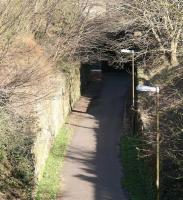
Loanhead: Long lens view north east from the bridge that once carried Church Street over the railway in Loanhead, Midlothian. Photograph taken in February 2011, by which time this section of the EL&R, which last served Bilston Glen Colliery, had not seen a train for 20 years, with the trackbed since converted to a walkway. Up ahead the route passes below the crossroads at the centre of the town, with the remains of the former Loanhead station located just beyond.
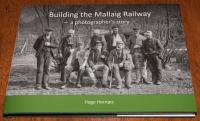
Polnish Hospital: This wonderful book is in part a record of the building of the Mallaig Extension and a detective story, tracing the identity of the photographer. The cover photograph is of the walking wounded at the Polnish hospital. Building the Mallaig Railway, a photographer's Story by Hege Hernæs is available from the Glenfinnan Station Museum shop.
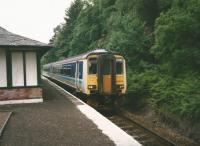
Arrochar and Tarbet: An Oban service calls at Arrochar in June 1998. By today's standards the ScotRail branding on the 156 is rather understated. The colours of the 'swoosh' were tried out as a livery (see image [[20986]]) but never adopted.
